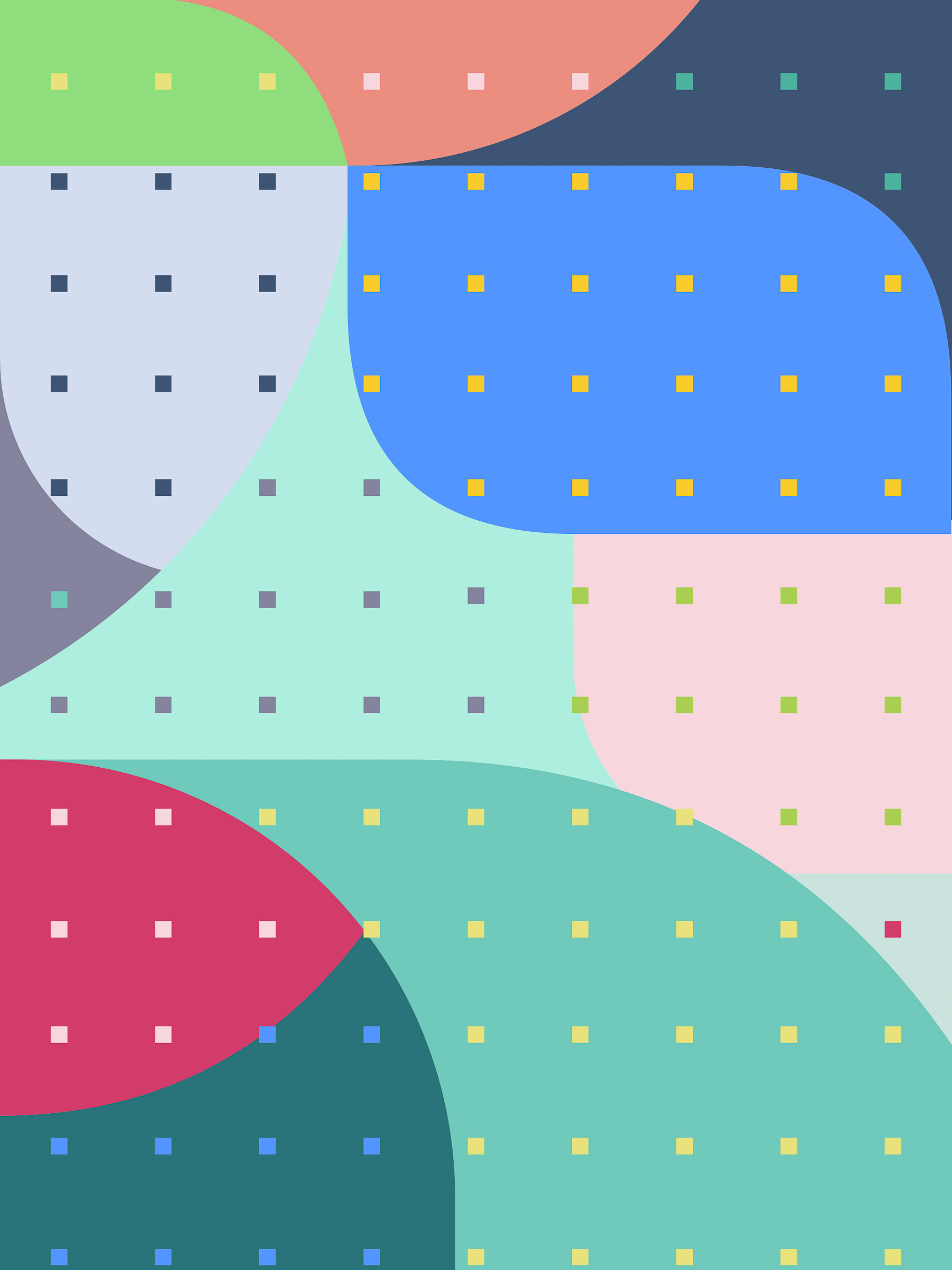Colour in the Built Environment
Exploring Colour as a Structural System in Architecture

The workshop examined colour as a structural device within architecture, a system for organising hierarchy, perception, and material relationships. Participants explored hue, value, and chroma to understand how colour can clarify spatial logic and strengthen architectural coherence.
In 2021, I led a workshop on colour in the built environment, hosted by the Museum of Architecture at The Building Centre and sponsored by Kingspan Facade, Axalta, and Shackerley. The session brought together architects, designers, and students to explore how colour functions as both structure and system within architectural design.
Drawing on my earlier teaching in colour theory, I began the session by introducing participants to the fundamentals of hue, value, and chroma. We examined how these concepts are defined within different colour systems, including Munsell, RAL, RGB, and CMYK. Colour was presented as a means of organisation rather than ornament, a framework through which architecture can establish hierarchy, rhythm, and balance. Participants carried out exercises inspired by the Munsell approach, testing colour replication and mixing to understand how perception shifts through tone and context.
The workshop reinforced that colour operates as a form of structural intelligence within architecture, shaping material relationships and spatial clarity. It remains a subject I return to within the studio as a reminder that form is not only shaped by line and volume, but also by the calibration of colour across surface and space.

